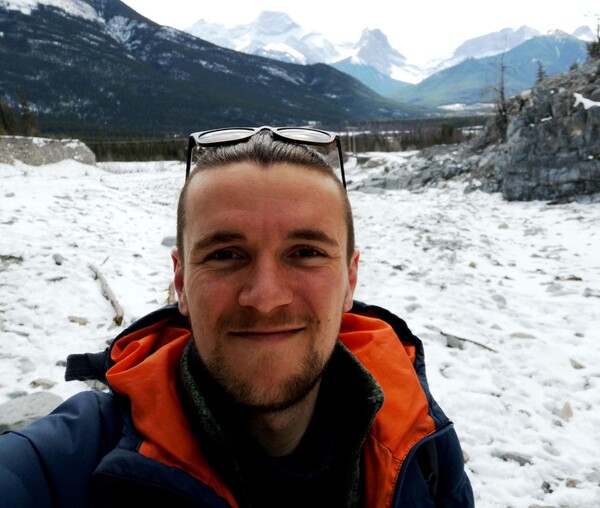Dominic D. G. Owens, Medical Biophysics

Supervisor:
Cheryl H. Arrowsmith, PhD, FRSC
Chief Scientist, Structural Genomics Consortium, University of TorontoProfessor, Department of Medical Biophysics, University of Toronto
Senior Scientist, Princess Margaret Cancer Centre
PhD Thesis:
“Elucidating the cis-regulatory logic of Runx1 during developmental haematopoiesis”. During my doctoral studies at Oxford, I studied a large and complex gene called Runx1/AML1 that is involved in leukemia. I discovered that transcriptional activation of Runx1 during blood cell differentiation is associated with increased chromatin loop-extrusion and the formation of sub-domains over the gene (Owens et al 2022, Nature Communications). I also discovered some unfortunate unintended consequences of using CRISPR/Cas9 genome editing… (Owens et al 2019, Nucleic Acids Research).
Current Research:
Here at University of Toronto, I am a Mitacs Elevate Postdoctoral Fellow working with the Structural Genomics Consortium and I am interested in interrogating the functions of a ubiquitin E3 ligase complex called CTLH. The complex plays a role in many processes including autophagy and cell proliferation, but precisely how these functions are mediated is not well understood. Using novel small molecules and cell biological tools I am uncovering new ubiquitination substrates of the CTLH complex which is providing new insights into the biological roles of the complex.
Publications:
Owens et al. 2022. Dynamic Runx1 chromatin boundaries affect gene expression in hematopoietic development. Nature Communications.
Owens et al. 2019. Microhomologies are prevalent at Cas9-induced larger deletions. Nucleic Acids Research.
Dilworth et al. 2022 A chemical probe targeting the PWWP domain alters NSD2 nucleolar localization. Nature chemical biology.
Hidalgo Aguilar et al. 2022 Recreating Tissue Structures Representative of Teratomas In Vitro Using a Combination of 3D Cell Culture Technology and Human Embryonic Stem Cells. Bioengineering.
Smith et al. 2021 Using Advanced Cell Culture Techniques to Differentiate Pluripotent Stem Cells and Recreate Tissue Structures Representative of Teratoma Xenografts. Frontiers in Cell and Developmental Biology.
Future career plans / goals:
I am pursuing a research career in Canada for the next few years where I will continue to apply for research grants to study fascinating questions with relevance for human diseases like cancer. At some point I will likely return to Europe to hopefully set up my own research group